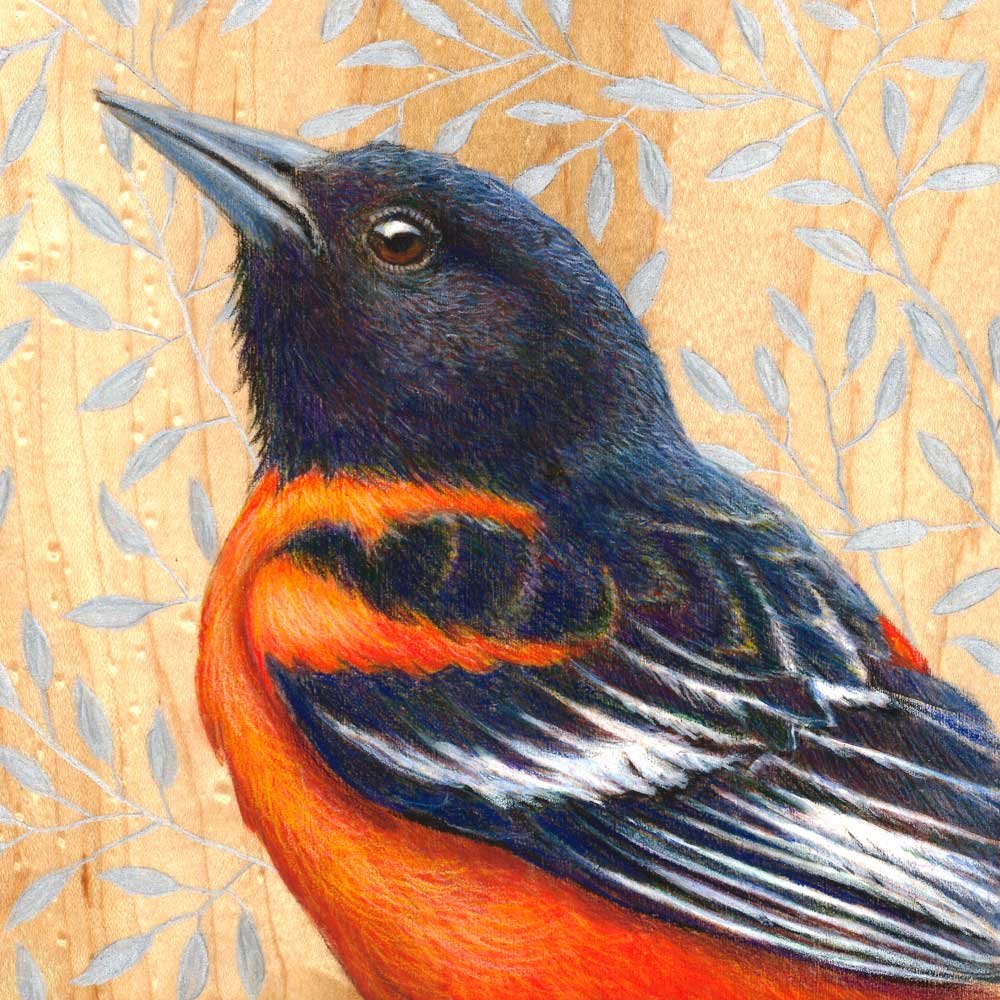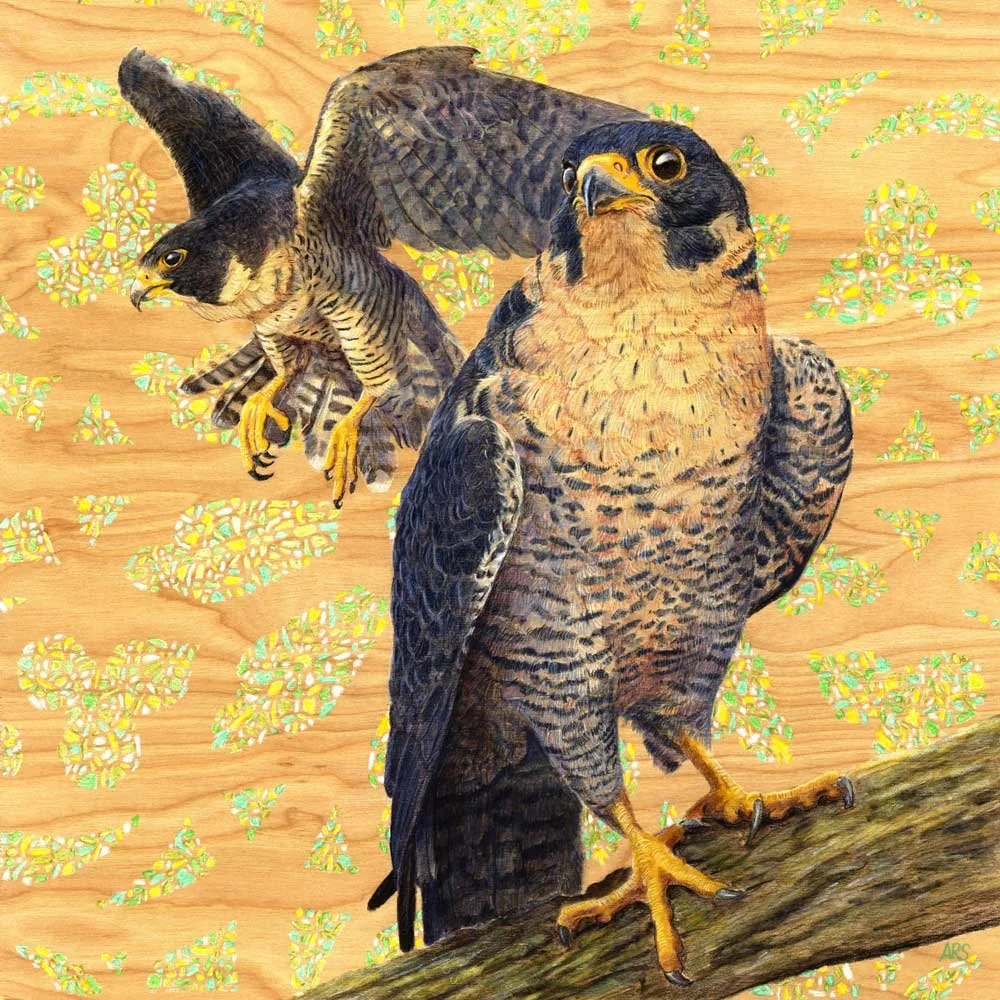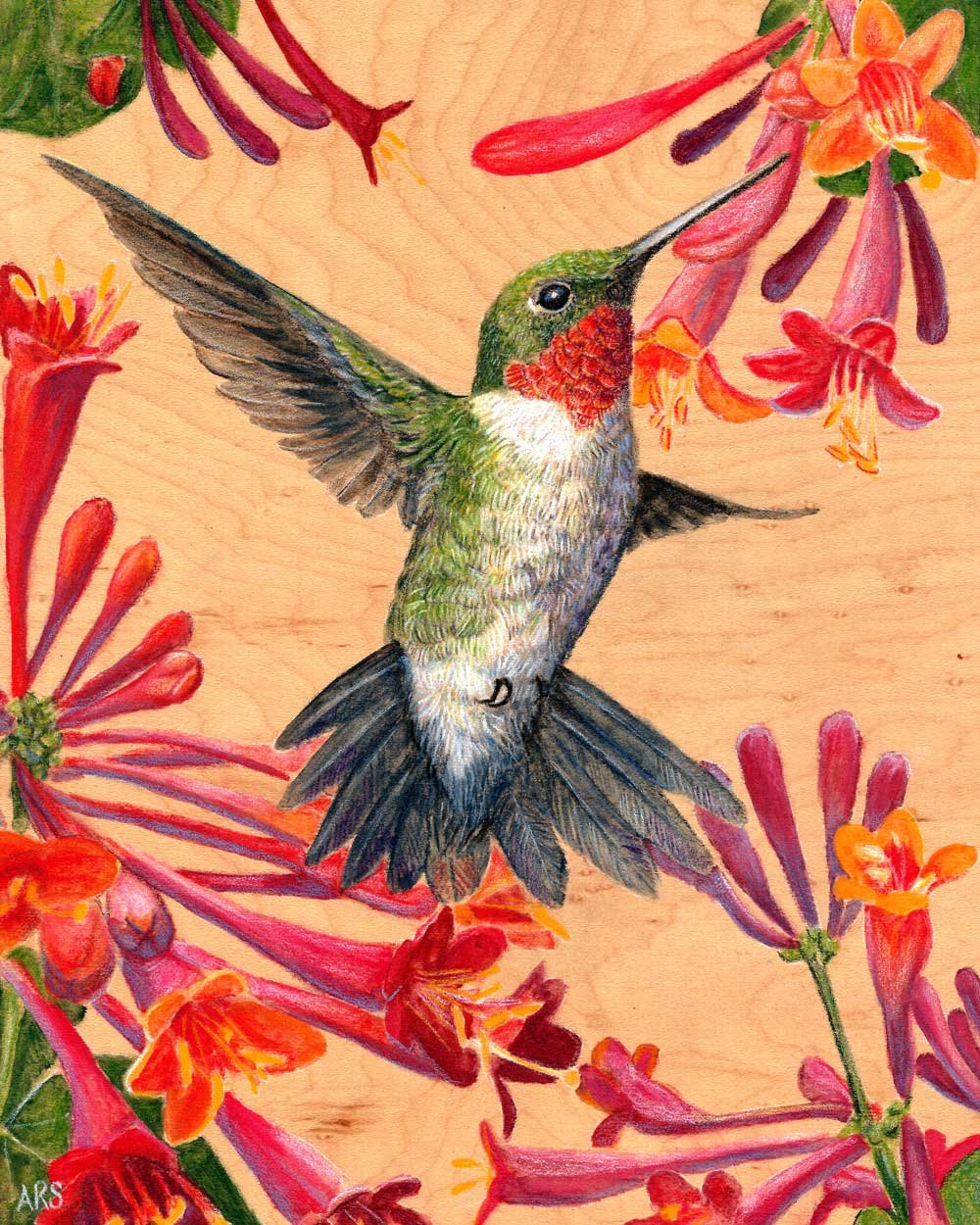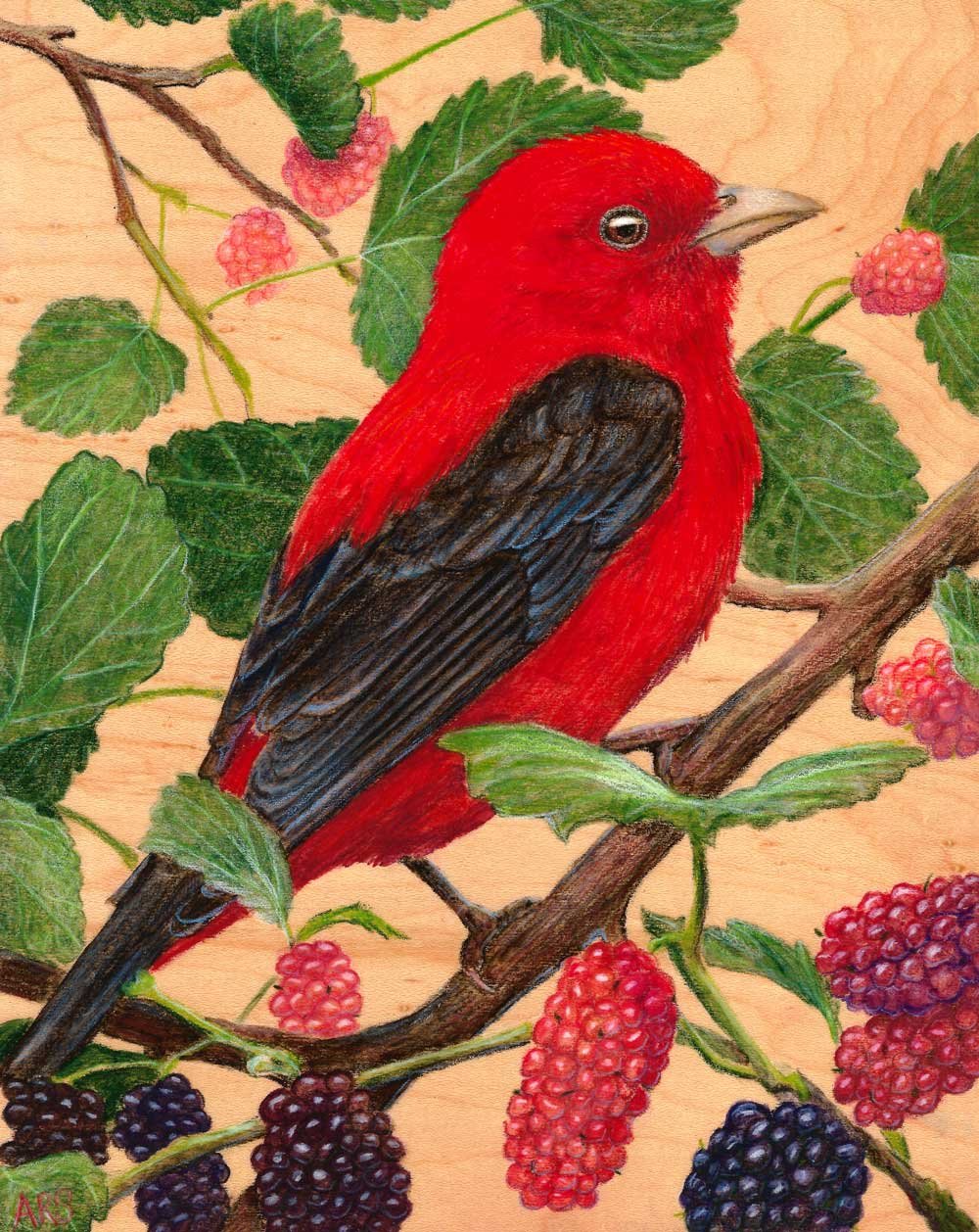Peregrine Falcon | Falco peregrinus
Call
Throughout the 19th and 20th centuries the peregrine falcon population had steadily declined due to hunting and other human activities, but their numbers plummeted after DDT, a popular insecticide, was introduced into the ecosystem. As apex predators, DDT accumulated in the peregrine's system after they consumed other birds that fed on seeds, insects and fish contaminated with DDT. This build up interfered with normal calcium production which led to thin, fragile eggs that were crushed by the nesting parents.
All of the peregrines east of the Mississippi were dead by the 1960's. By 1975, there were only 324 known nesting pairs.
In 1972, DDT was banned by the newly created Environmental Protection Agency. The U.S. Fish and Wildlife Service established peregrine falcon recovery teams composed of Federal, state, and independent biologists to recommend actions necessary to restore peregrines in the U.S. As part of recovery efforts, scientists at Cornell University successfully bred and raised peregrine falcons in captivity. More than 6,000 peregrines were released into the wild.
Peregrines were removed from the endangered species list in August of 1999.
"Immaculate Peregrines"
Colored Pencil on Wood Panel
18” x 18”
Prints available for purchase
This piece was inspired by a family of peregrine falcons that nested in the rose window of the Shrine of the Immaculate Conception in the 1990's in Washington, DC. As a kid, I knew they were special, but I didn't know that it was a miracle that they were there at all.
The nest in the rose window is long gone, but peregrines are still frequent visitors to the Shrine, perching on the second-tallest tower in the city to better survey their urban domain.






















